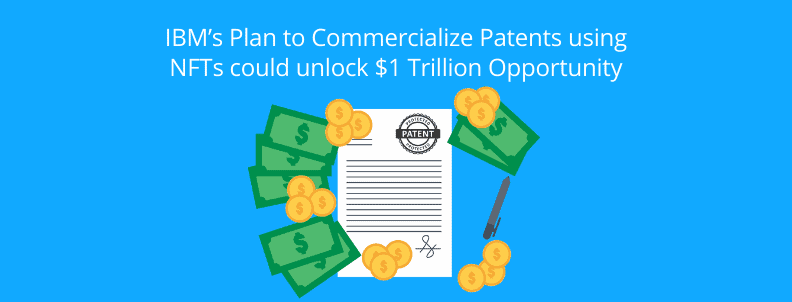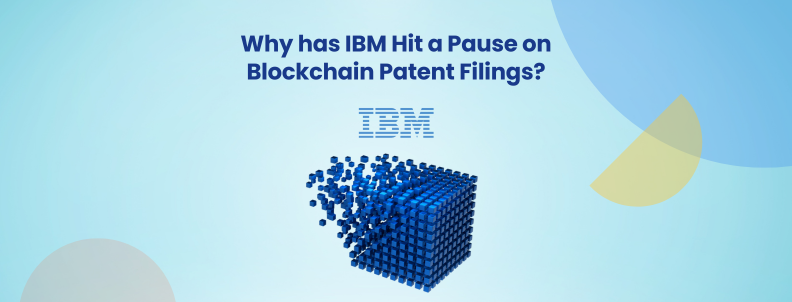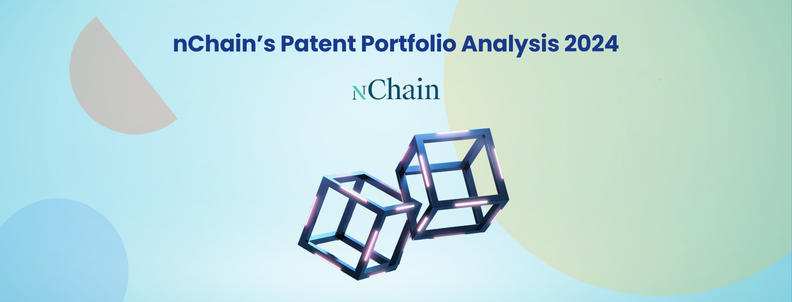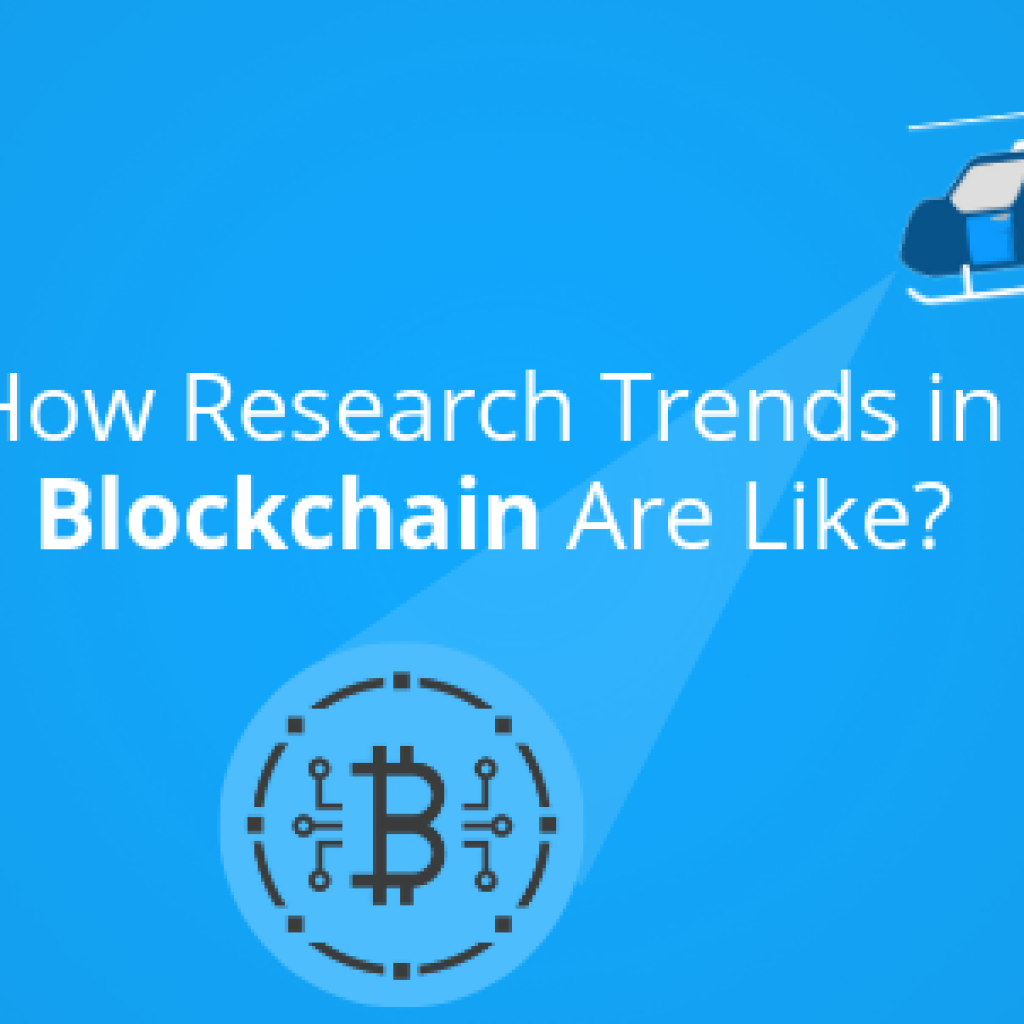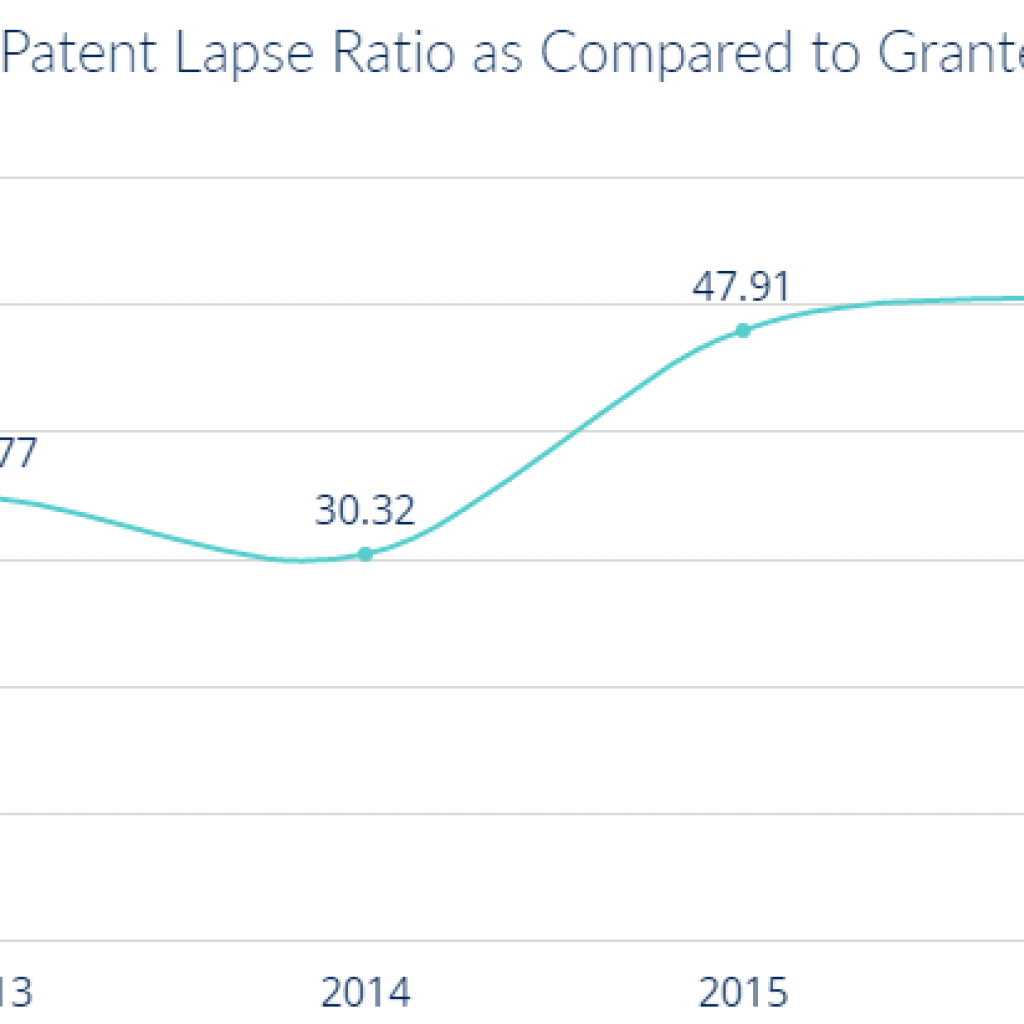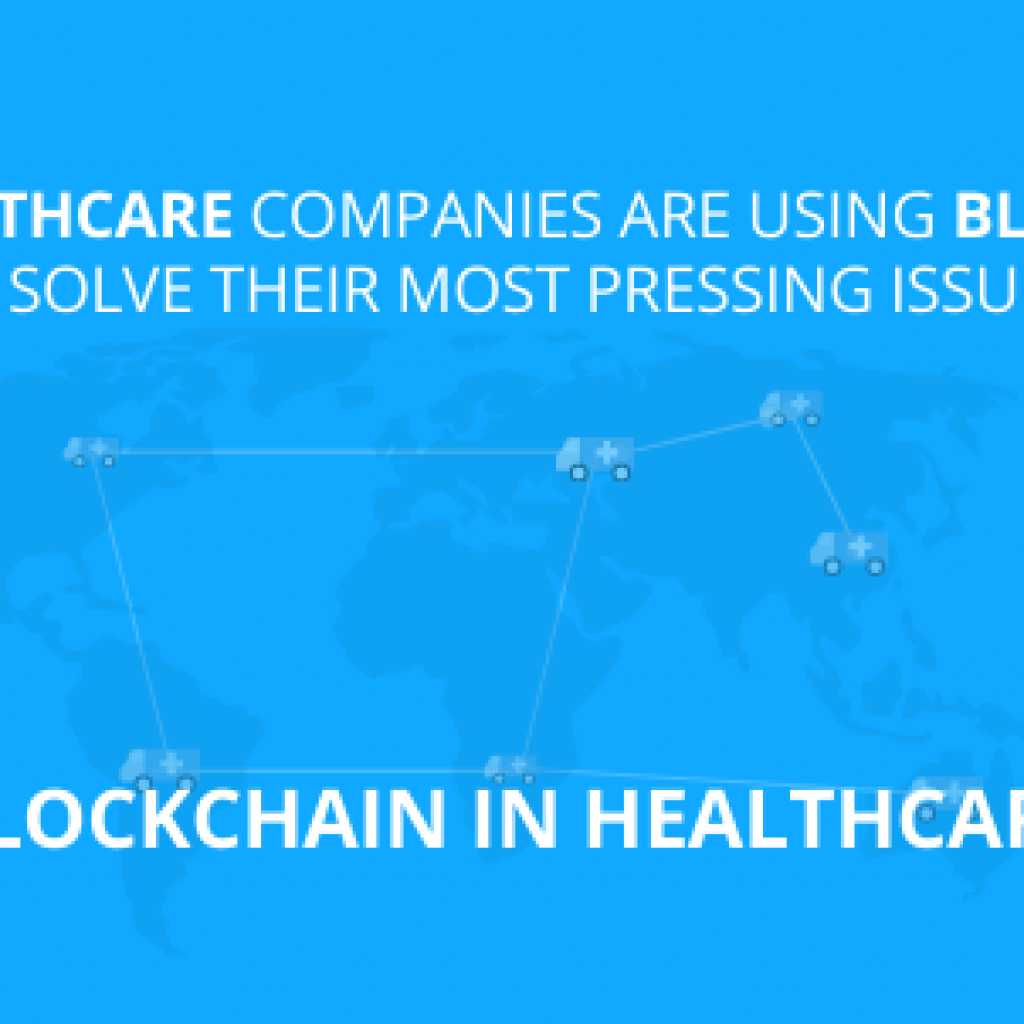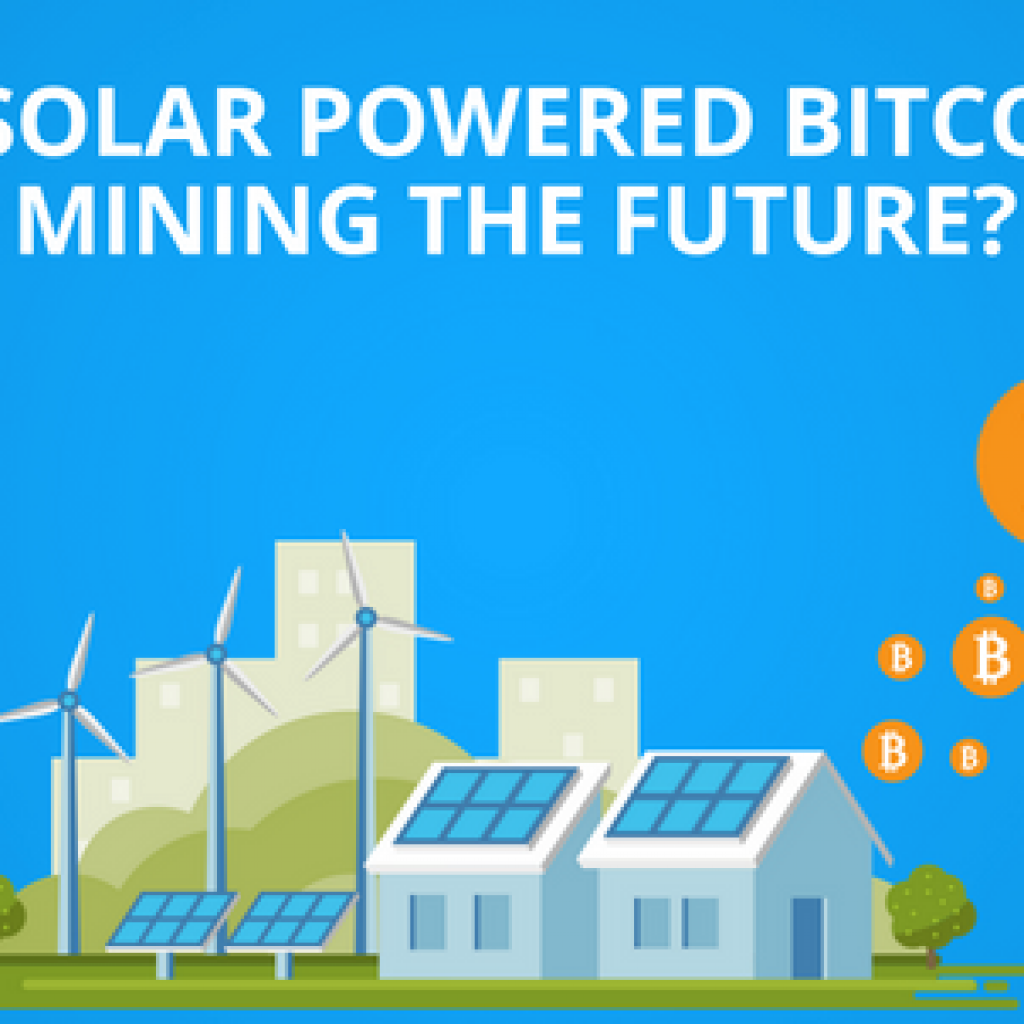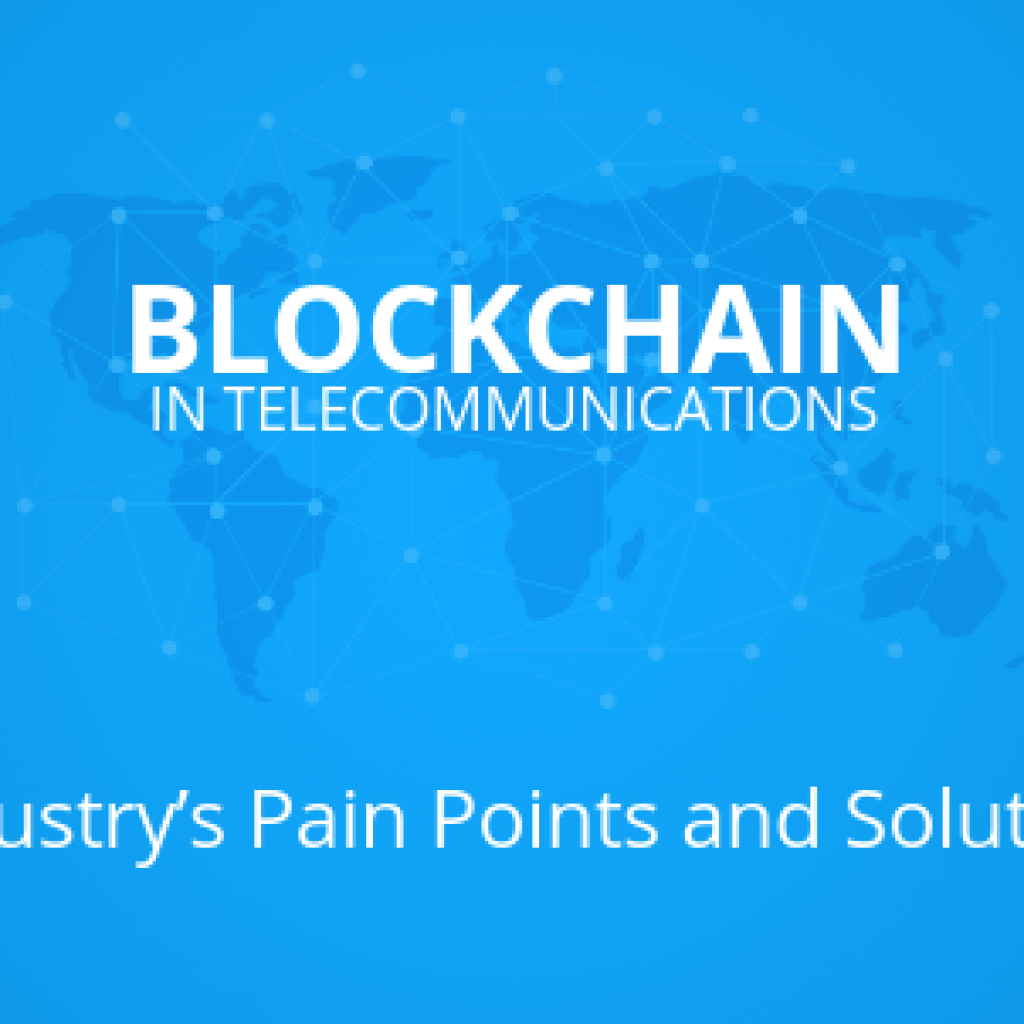Did you know that IBM has found a new way to license and sell its patents?
What is it – you ask?
NFTs. On April 21, IBM announced that in collaboration with patent marketplace IPwe, it seeks to transform corporate patents with Next-gen NFTs (Non-Fungible Tokens) using its Blockchain platform.
This is big news since IBM is one of the top patent holders globally, and a good chunk of its revenue comes from patent monetization. And using the Blockchain ecosystem to tokenize patents would allow IP to be treated as digital assets, making patents easier to sell, license, and commercialize.
“The IPwe Platform is designed to transform the patent asset class by increasing transparency and promoting engagement, which we believe will encourage innovation.”
“The use of NFTs to represent patents will help create completely new ways to interact with IP. This is expected to benefit not only large enterprises that have significant intellectual property, but it will bring new opportunities to small and medium enterprises and even individual IP owners. We believe it will usher in new offerings by financial services firms and corporations to promote the evolution of a new patent asset class.”
Erich Spangenberg, CEO, IPwe
The patents represented as NFTs will be stored and shared in the IPwe patent marketplace hosted on IBM Cloud and powered by IBM Blockchain. According to IPwe, using Blockchain would increase the security and transparency in the whole patent transaction process. Further, treating patents as NFTs will accelerate the opportunity of IP which is difficult to manage and treat as liquid assets.
All this hoo-hah but what is NFT? – If you just said this out loud, don’t worry. Let me give you a quick briefer.
What is NFT?
Like Blockchain, NFT can be a very confusing topic to understand. To understand NFT or Non-Fungible Token, first, we need to understand what is “Fungible”.
We describe a thing/item “Fungible” which we can replace or exchange with something of “equivalent value” in everyone’s eye.
For example, if your one dollar bill gets torn apart and if you take to it a bank to replace it, the bank can replace it with another dollar bill that has the equal value of the previous dollar and nobody will complain.
Similarly, one stock of Amazon is equal to another stock of Amazon, it doesn’t matter from where you purchase the stock.
But one stock of Amazon can’t be fungible to one stock of another company even if their price is the same. To be fungible, they have to be functionally identical.
Imagine, you have a football. A football can be fungible and thus be replaced by an identical football. But what if the football is signed by Ronaldo. Now that signature alone makes the football unique and non-fungible as well. You can’t replace a signed football with any other football even if the quality or brand of both footballs are the same. It’s the unique “extra” that makes it special and thus, non-fungible.
Now, say Ronald signed 100 balls in his career. So, these 100 balls are somehow different than all the other footballs in the world and can be considered non-fungible.
The same is the case with digital art. An artist creates a limited number of tokens of a photo, audio, video, document, or any other file, and stores them on Blockchain so that Blockchain can identify the exact number of genuine tokens.
Blockchain here is to verify that whether a digital asset is genuine or not, no matter how many times, one copies a genuine digital asset.
Just like a person with signed Ronaldo football, you have a “token” that ensures that you own a genuine out of 100 limited genuine pieces.
Now, people purchase NFTs for different purposes like to support their favorite celebrities, for bragging rights, or as an investment that can give a high return later because of scarcity.
The Rise of NFTs
NFTs are growing gradually over time but 2021 is called to be the year of NFTs as just in the three months, the market cap of NFT products escalated by 1785%.
Digital artists, celebrities, companies, and even individuals create NFT products and trade them on the NFT marketplace.
You would be shocked to find that even a single jpg file sold for a massive price of $70 million.

Source: Financial Express
Celebrities are also creating flagship NFTs and trading them for a high-demanding price. For example, Paris Hilton sold a cat painting for US$17,000, and Lindsay Lohan sold artwork for US$50,000.
Even Elon Musk tweeted that he would be selling a song as an NFT but later refused to do so.
Such explosive trends with NFTs have been responsible for the radical growth in sales volume of NFT marketplaces as well as the values of NFT-based tokens.
How NFTs can help in increasing Patent Sales?
Patents, as documents, can be turned into NFTs and be sold in a patent or NFT marketplace.
By converting patents as NFTs, companies/individuals would have the option to buy or sell patents using cryptocurrencies like Ethereum.
The craze of cryptocurrency is at its peak as Bitcoin just saw an all-time high price of $63K. Many people now own many cryptocurrencies and even companies are adopting cryptocurrencies as a mode of payment for their products. Tesla is one such example that accepts Bitcoin as a payment option.
And IBM and IPwe are about to do the same and by doing so unlock a $1 Trillion opportunity for patents and other IP assets by turning them into NFTs.
“Only 2% to 5% of intellectual property in the patent market is valued and there is likely a $1 trillion-plus opportunity if the patent market can find a better means of identifying, authenticating, and trading on the IP, even at the level of only 10% of the total market that exists.”,
Erich Spangenberg, CEO, IPwe.
IBM also has been facing difficulty monetizing its IP portfolio in recent years and this new initiative is a way to increase its IP monetization revenue.
“Uniqueness we see as the differentiator in this thing called the blockchain. The NFT just drives home what we have been working on for years.”
“If you can provide a platform that allows that to happen in an exchange of value it’s exciting. The tokenization of patent opens up markets. … You can value different patents and trade with greater capability, validity, and trust.”
– Jason Kelley, General Manager of global strategic partnerships at IBM Services.
How Companies could sell NFT Patents?
The potential of NFT is still unclear. And considering how NFTs have been trading, it is quite confusing how companies like IBM are going to sell these NFT patents.
Conventionally, in patent marketplaces, when a patent is sold from one party to another, the ownership also gets transferred to the purchasing party. That means the purchased party has the right to stop another party to use the invention or process mentioned in the patents.
But that is not the case with NFTs. Sure, NFTs can verify the ownership easily but it doesn’t give an owner the right to stop using the assets held by them.
And that’s the essence of patents. If an owner can’t have legal rights, holding a patent is worthless.
That’s where the NFT License comes into play.
The NFT License is at its core is a user agreement. Any NFT creator can govern what users can and can’t do with their NFTs. Further, NFT also makes sure that the creator receives a royalty every time it is further sold ahead.
Now, we can think of two ways companies can sell patents as NFTs.
- First, selling a patent or patents along with the rights and ownership. Here, the number of items would be one. Other companies can go for such trades because it makes the process easier.
- Second, selling a patent or patent(s) without any ownership. Here, the number of items would be anything. Now, in this case, companies could sell the patents as an art but not as an asset, so, it would be possible to sell to multiple users without giving them any rights or ownership just like any other NFTs.
Companies might not take part in such trade because they won’t be getting the core value of a patent, i.e. the legal rights. Such trading might attract individuals who could purchase these NFTs just for bragging rights.
Patent holders can also turn those patents into NFTs that include famous inventions or designs, such as the iPhone design patent, CRISPR patent, Self-Driving patent, etc., and sell them for bragging rights.
Concluding Notes
One question at top of anyone’s mind at this point would be – Is turning patents into NFT and selling them a good idea?
Here are our two cents on it – Based on our experience of working in the transaction space for two decades, checking previous licensees and cleaning assignment history can be a very cumbersome process. So using NFTs to track this for everyone is a great idea. However, we doubt that this plan will become a success in its current state. For this to work, it requires all the corporates to come on the platform which is a huge challenge in itself.
We feel this program will work better if the patent offices bring the reassignment information over this platform. Without this, it is kind of a parallel registry that can only be trusted if trusted by all the players in the industry.
How does this fare for IBM? It’s all a matter of time before we find out.
Have a related query about Patent Monetization, Get in touch with us.


